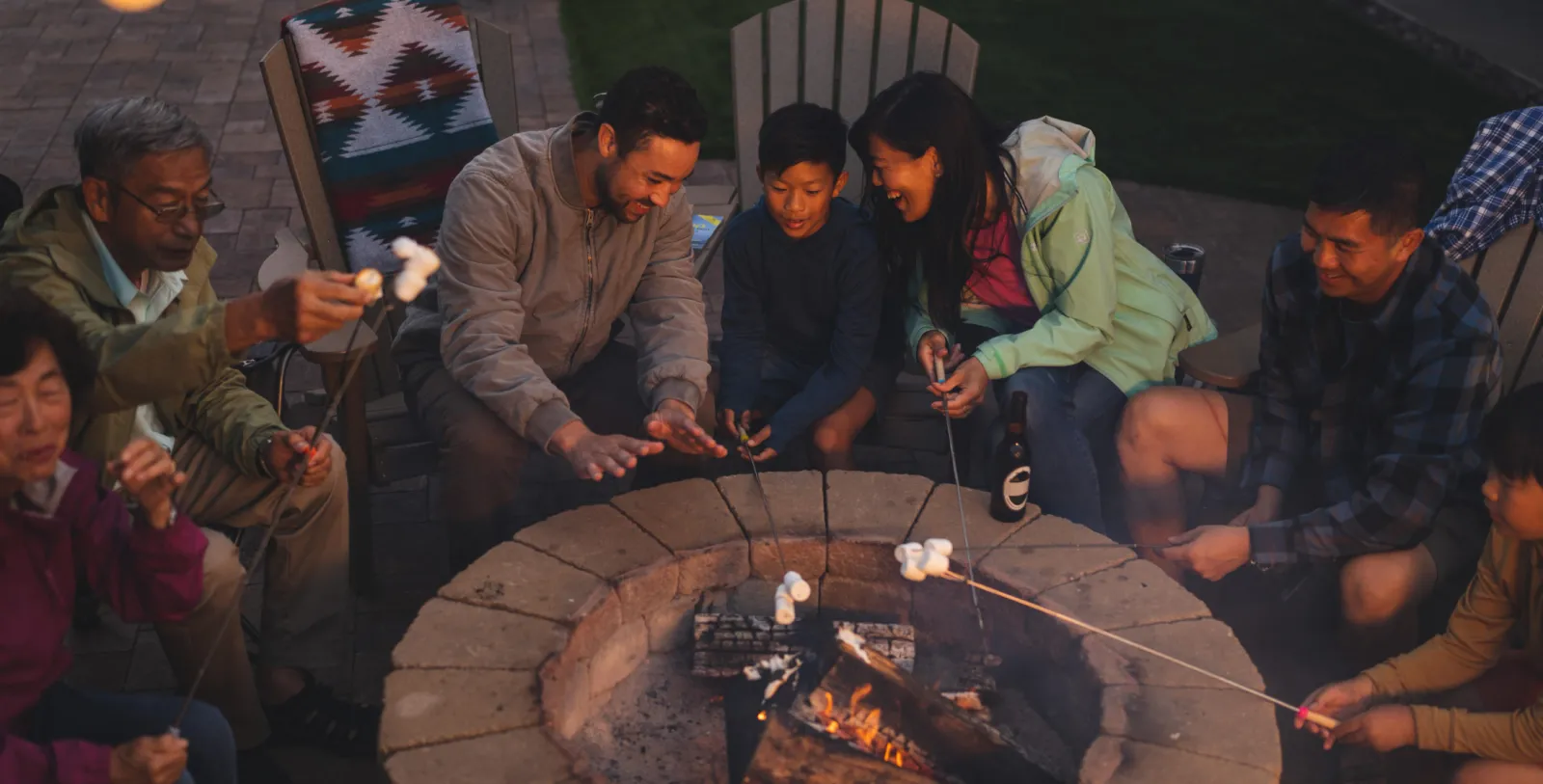How to write an RFP that doesn’t suck (2020 edition)
Having been on the receiving end of marketing RFPs for more than a decade, I can confidently say that while they may create a fair and transparent process for selecting an agency partner, they rarely succeed in finding the right one. I wrote about this a few years ago (here) and have received lots of great feedback so I’m hoping this updated edition will help a new generation of RFP writers.
Developing a brand, a campaign, a website or a piece of content is about more than adding up the best score on a spreadsheet. And, it goes without saying that successful relationships are rarely developed by committee. The process of choosing a creative or strategic partner is an incredibly collaborative one between agency and client—one that needs to be founded on a deep understanding of the business goals and good fit between agency and client. The notion of collaboration, strategic understanding and fit are completely lost in an RFP response.
Over the years, we’ve kept track of good and bad RFP’s and have also asked brands what pieces of the RFP they struggled with. Based on those learnings, I’ve created a list of to-do’s you might consider if you find yourself developing an RFP and managing its responses. My hope is that it helps the process and will increase the odds of a positive and successful experience.
1. Keep it clean and concise
Whether you realize it or not, your RFP sets the tone for the entire project – if you can’t be concise and respectful of everyone’s time now, it’s not likely going to happen along the way, either. A well thought through RFP will be clear, concise and ideally under 20 pages long.
For starters, make clear—on the first page—what your project is and what type of partner you are looking for. Nothing is more frustrating than wading through dozens of pages trying to determine the actual request. You’ll be surprised too, how that clear initial statement will help to focus the rest of the RFP.
Cut the jargon, industry acronyms, and resist the urge to showcase your own competence or intelligence. The clearer you are, the greater the likelihood that you’ll receive clear answers to review.
2. Provide an overview of your organization
Remember, your RFP is the starting point of a new relationship, so provide an overview of your organization to help your respondents determine fit. Your overview should include answers to the following:
- What does your organization do?
- What’s your purpose?
- What do you do for your customers?
- What products or services do you offer?
And, if those were easy to answer concisely, we’ll also want to know:
- Who are your customers?
- What makes you different and better than your competitors?
3. Focus on your goals and objectives
It’s our job to translate your objectives into recommendations, so if there is ONE place to spend more time and energy, it’s in the objectives section of your RFP. It should answer:
What are your organization’s mandates and goals?
Example: “increase tourism revenue for our members and stakeholders” or “improve our tourism offering by funding product development”
What is the primary purpose of your project (the single most important thing you are trying to accomplish?
Example: "to communicate information about our town and make people want to visit”; “to provide information about our products”; “to sell products online”
What are the main business objectives this project will help support?
Example: “increase the number of online reservations” or “communicate upcoming events and happenings” or “showcase local businesses and things to do”
Our Strategy Director Andy Bethune wrote a great post about how to develop goals and objectives for your site that will help guide you with objectives setting specific to website RFP’s.
4. Ask for information about us, not our ideas
Developing questions that ask for your respondent's ideas are not only disrespectful, it’s also dangerous. As an agency, we have yet to receive an RFP, regardless of length, that would provide us with sufficient insights and information for us to deliver strategic and effective ideas. That type of work requires a significant amount of communication, sharing, direction and collaboration between the agency and client before a great idea can be offered. It also requires payment. We’re in the idea business, please don’t ask us to give them away for free.
Instead, ask us questions about our experience, our expertise, our approach to similar projects, our people, our philosophies on relationships, our values, our past successes, even our failures. You’ll gain a great deal more insight than what can be provided by a half-baked idea.
5. Provide a sense of the brand assets and creative direction
Lots of RFP’s are written by someone in the IT or Sales department and are missing critical brand and marketing details that are essential to a successful response and accurate budget assessment.
Make sure you include these details:
- Do you have existing brand standards and creative guidelines that the project should adhere to, or should this project help define the creative direction for the brand?
- Where will the content for this project come from? If you have existing assets, does the content need to be rethought or rewritten/restructured?
- Do you have photography and video assets? If so, where are they stored and how is it organized? Do you need help creating or gathering more/new assets?
6. Provide a sense of your team and the desired working relationship
So much of the success of partnering with a new agency is in the fit. It’s important to outline how your marketing team is structured and what skill set you have internally as well as how you envision your team working with the agency.
Answer these questions:
- Will the agency act in support of strategies already in play?
- Will the agency collaborate with the team or work independently in providing solutions?
- Will the in-house team be responsible to execute the plan or strategic direction? What are their skillsets?
7. Make a wish list
If you have specific features, functionalities or deliverables that you think you need, try to organize them by “must haves” and “nice to haves”. This allows us to price our approach in a way that will best use your budget.
8. Don't skip the project logistics
This is what separates the good from the bad RFP. Tell us your budget. Be honest about what you can afford, and we’ll be honest and respectful about what we can give you within those parameters. The value we (and other respondents) can provide to you will be revealed in the degree of scope we’re able to carve out of your budget. And the reality is that if you don’t have a budget set at all, you’re probably not ready to be undergoing this process.
While you’re sharing logistics, provide your ideal timeline or launch date and whether or not it is flexible or non-negotiable. More than once we’ve declined an RFP because the deadline didn’t work for our resources only to find out months later that the timeline was flexible.
9. And finally, save a tree and a respondent's sanity
Don’t require hard copy submissions. It’s an archaic practice that’s devastating for trees and for the respondent who’s worked so hard at developing their proposal only to have the courier screw up and deliver it after your deadline.






